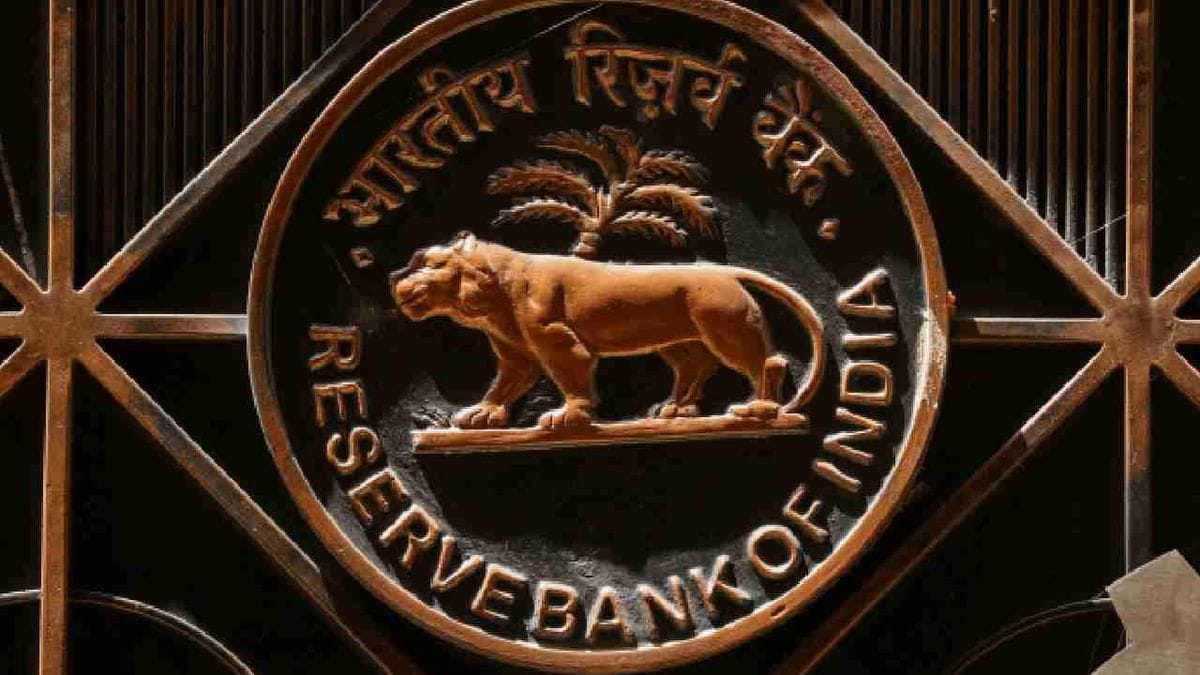
MUMBAI, India – India’s benchmark 10-year government bond yield dropped to a three-week low of 6.48% on Monday, as market participants reacted to clear dovish signals emanating from the Reserve Bank of India (RBI). The significant decline in yield, which moves inversely to bond prices, signals growing optimism among investors about a potential pause or pivot in the central bank’s monetary tightening cycle, offering much-needed relief to government borrowing costs and potentially boosting economic sentiment.
The movement follows recent statements and minutes from the RBI’s Monetary Policy Committee (MPC) meetings, which have been interpreted by analysts as increasingly growth-oriented, alongside an assessment that inflationary pressures are moderating. This shift in outlook from the central bank has spurred robust buying interest in government securities, pushing yields lower and reflecting an anticipation of stable or even declining policy rates in the near to medium term. The 6.48% mark represents a notable decrease from recent highs, underscoring the market’s quick re-pricing of interest rate expectations.
RBI’s Dovish Pivot and Market Re-pricing
The RBI’s recent communications have been meticulously scrutinised by bond market participants for any clues regarding its future policy trajectory. While the central bank has consistently reaffirmed its commitment to managing inflation within its target band of 2-6%, recent statements have also highlighted concerns about sustaining economic growth. Analysts point to the MPC’s nuanced commentary, which has progressively balanced inflation vigilance with a recognition of the cumulative impact of past rate hikes on economic activity.
One primary driver of the dovish sentiment is the perceived softening of domestic inflation. After peaking earlier in the year, headline inflation figures have shown signs of cooling, largely attributed to moderating food and global commodity prices. This trend provides the RBI with more headroom to potentially ease its aggressive stance on interest rate hikes, or at the very least, adopt a prolonged pause. “The market is clearly interpreting the RBI’s recent tone as indicative of a nearing end to the rate hike cycle, if not an immediate pause,” noted Rahul Sharma, Head of Fixed Income Research at Equis Financial Services in Mumbai. “With inflation showing signs of moderation and global central banks potentially reaching peak rates, the RBI appears to be taking a more balanced view.”
Furthermore, the minutes of the latest MPC meeting revealed a diversity of views among members, with some explicitly advocating for a greater focus on growth stability. This internal debate within the MPC, now public, has reinforced market beliefs that the RBI’s hawkish stance might be softening. Lower bond yields translate directly into reduced borrowing costs for the government, which faces substantial borrowing targets to fund its fiscal deficit. A sustained decline in yields will provide significant relief to the national exchequer, freeing up resources that can be directed towards other developmental expenditures.
Implications for Investors, Corporates, and the Economy
The drop in the 10-year bond yield carries significant implications across various segments of the Indian economy and for global investors. For fixed-income investors, particularly those holding existing government bonds, this fall translates into capital gains as bond prices rise. New investors, while facing slightly lower yields, benefit from reduced interest rate risk, especially if the current yield levels signify the peak of the interest rate cycle.
For Indian corporations, the lower benchmark yield is a welcome development. It typically leads to a reduction in corporate borrowing costs, making it cheaper for companies to raise capital through bonds and bank loans. This can stimulate private investment, encourage expansion plans, and ultimately contribute to higher economic growth. Sectors sensitive to interest rates, such as real estate, automotive, and infrastructure, are likely to be the primary beneficiaries of a sustained period of stable or lower interest rates.
“Cheaper credit is the lifeblood of economic expansion. If bond yields remain subdued, we can expect a positive spillover into corporate earnings and investment cycles, providing a fillip to India’s growth trajectory,” commented an economist at a leading private bank, requesting anonymity due to company policy. The equity markets, too, often react positively to expectations of lower interest rates, as it reduces the cost of capital for listed companies and makes future earnings more valuable.
Globally, the stability and potential softening of Indian bond yields could also attract foreign portfolio investors (FPIs) looking for attractive returns in emerging markets, especially if major developed economies’ central banks signal an end to their tightening cycles. A more stable interest rate environment in India enhances its appeal as an investment destination, potentially leading to increased capital inflows and further strengthening the rupee.
Outlook and Future Dynamics
While the recent drop in India’s 10-year bond yield is a positive development, the future trajectory will depend on a confluence of factors. Key among these will be the evolving inflation landscape, both domestic and global. Any resurgence in commodity prices or unexpected spikes in food inflation could force the RBI to reconsider its dovish stance. The pace of global economic growth and the monetary policy decisions of major central banks, particularly the U.S. Federal Reserve, will also play a crucial role in influencing foreign capital flows and, consequently, domestic bond yields.
The market will keenly watch upcoming inflation data, industrial output figures, and, crucially, the RBI’s future policy statements for further cues. The government’s fiscal management and its borrowing calendar will also influence bond supply and demand dynamics. As India navigates its economic recovery, the central bank’s calibrated approach to monetary policy will remain paramount in ensuring both price stability and sustainable growth, offering a nuanced yet optimistic outlook for the nation’s financial markets.





